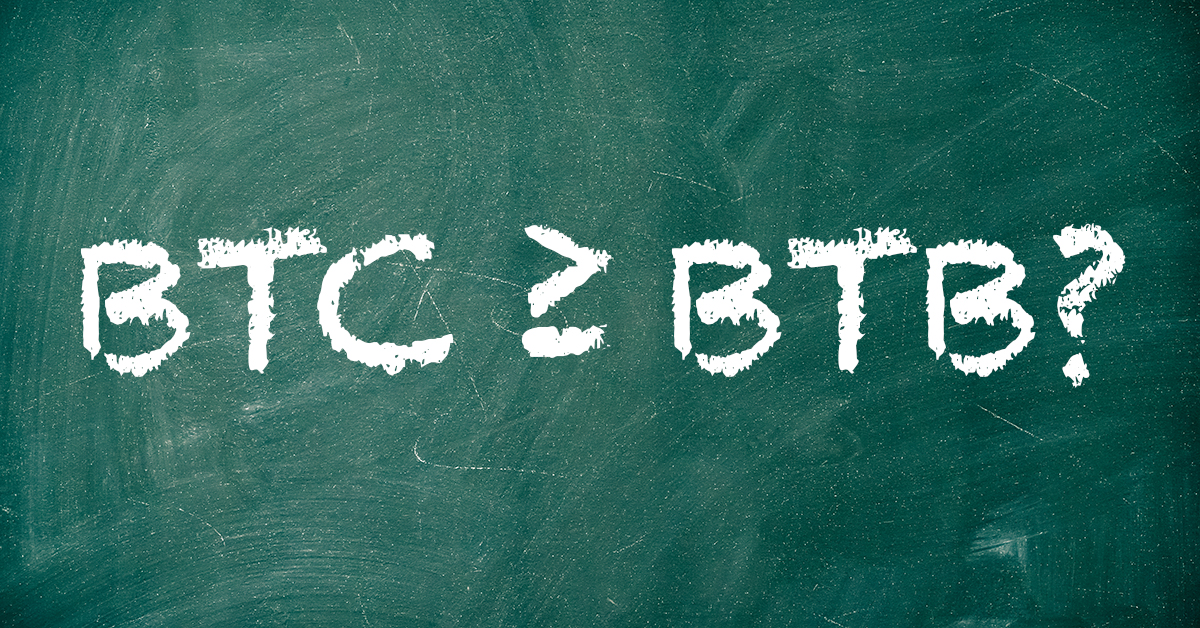Many argue that there aren´t any differences between B2C and B2B marketing. If I may be so bold, this statement is used mostly by those who do not work with B2B because, of course, there are differences. Here three such differences which, with a little creative wording, to fit into the simple ABC format.
I have chosen three such differences which, with a little creative wording, fit into the simple ABC format.
Thank you for reading this post, don't forget to subscribe!
A stands for Alliance
When you buy something in B2B, it’s usually about two things. One, of course, is about the product or service and what is expected of it. The second is the relationship with the supplier, as it is often an alliance between customer and supplier that will last for many years. This is where the brand plays an important role, because the expectations of a future relationship are based on the buyer’s perception of the supplier and what they stand for.
B stands for Blame
Rory Sutherland put it perfectly: a consumer chooses a brand to reduce the risk of disappointment (avoid disappointment). In B2B business, you choose a brand to avoid being blamed for a bad choice (avoiding blame). The negative consequences for those involved in a B2B decision where the delivery is not as expected are much more severe than in B2C. In the worst case, you are out of both a job and career opportunities. The classic “You do not get fired if you buy IBM “, perfectly sums up how many B2B decisions are made – people would rather choose the safe option that delivers at a good level than the one with the highest capacity and performance from a lesser known (and therefore more dubious) supplier.
C stands for Complexity
Much of what is bought and sold in B2B is complex, advanced products and services with high technology content. But the real complexity is understanding the buying process itself, with formal and informal decision makers, influencers, prescribers, and users driving the buying process in (usually) hard-to-predict ways. Herein lies a major challenge for B2B communications – who should we reach, when should we reach them in the process, and what should we say to them, and how?
The three letters in the list ABC can actually be summed up by one: B for brand. A strong brand increases the chance of being selected while decreasing the risk of being questioned afterwards by those who were not involved in the selection process. The larger the sums at stake and the more complex a decision, the more important brand is to the decision. Maybe it’s time to change B2B to “brand to business”?



